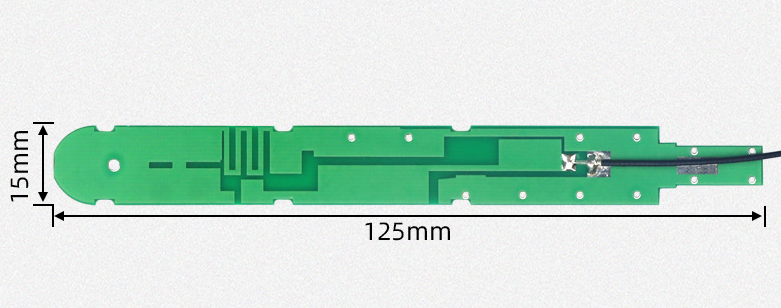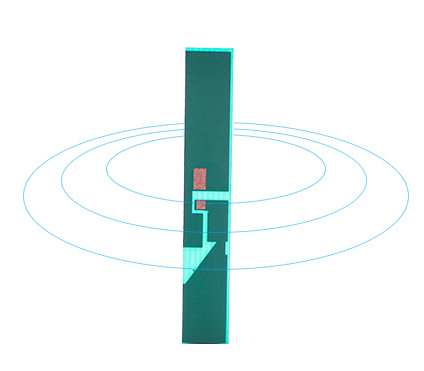Antenna lobe width and calculation
Antenna lobe width
The pattern usually has two or more lobes. The lobe with the highest radiant intensity is called the main lobe, and the rest is called the side lobe or sidelobe. On both sides of the maximum radiation direction of the main lobe, the included angle between the two points where the radiant intensity is reduced by 3 dB (the power density is reduced by half) is defined as the lobe width (also called beam width or main lobe width or half power angle). The narrower the lobe width, the better the directionality, the farther the action distance, and the stronger the anti-interference ability.
There is also a lobe width, that is, 10dB lobe width. As its name implies, it is the included angle between two points in the pattern where the radiant intensity decreases by 10dB (the power density decreases by one tenth)

Antenna front to rear ratio
In the directional map, the ratio of the maximum value of the front and back lobes is called the front to back ratio, denoted as F/B. The larger the front to back ratio, the smaller the backward radiation (or reception). The calculation of the front to back ratio F/B is very simple - F/B=10 Lg {(forward power density)/(backward power density)}
When there is a requirement for the front to back ratio F/B, the typical value is (18-30) dB, and in special cases, it is required to reach (35-40) dB.
Several approximate formulas for calculating antenna gain
1) The narrower the main lobe width, the higher the gain. For general, the gain can be estimated using the following equation:
G( dBi ) = 10 Lg { 32000 / ( 2 θ 3dB,E × two θ 3dB,H )}
In the equation, 2 θ 3dB, E and 2 θ 3dB and H are the lobe widths on the two main planes, respectively;
32000 is empirical data based on statistics.
2) For a parabolic surface, its gain can be approximately calculated using the following equation:
G( dB i ) = 10 Lg { 4.5 × ( D / λ 0 )2}
In the formula, D is the diameter of the paraboloid;
λ 0 is the central working wavelength;
4.5 is the empirical data obtained from statistics.
3) For upright omnidirectional, there is an approximate calculation formula
G( dBi ) = 10 Lg { 2 L / λ 0 }
In the formula, L is the length; λ 0 is the central working wavelength;

Sidelobe suppression on antenna
For a base station, people often require that the first side lobe above the main lobe be as weak as possible in its vertical (i.e. elevation) direction map. This is called upper sidelobe suppression. The service target of the base station is mobile phone users on the ground, and the radiation pointing to the sky is meaningless.
Downtilt of antenna
To make the main lobe point towards the ground, it is necessary to place it moderately downwards.
Polarization of antennas
Radiate electromagnetic waves into the surrounding space. Electromagnetic waves are composed of electric and magnetic fields. People stipulate that the direction of the electric field is the direction of polarization. Commonly used is unipolar. The following diagram shows two basic cases of single polarization: vertical polarization - which is the most commonly used; Horizontal polarization - also needs to be used.





